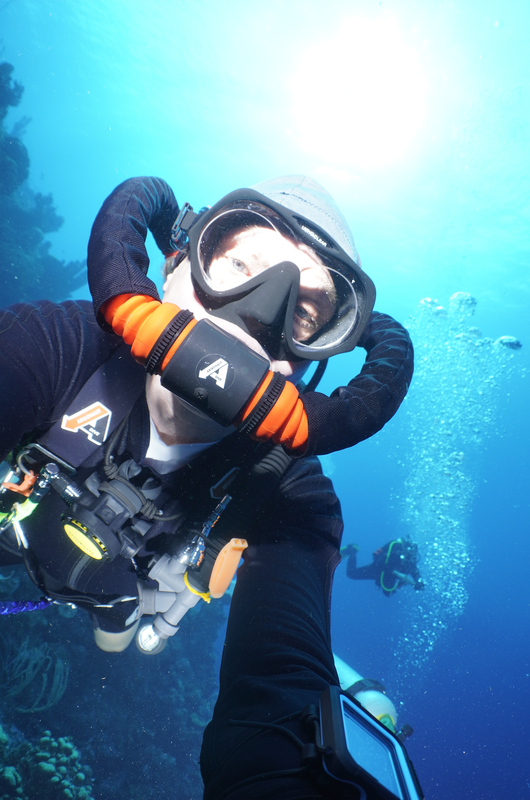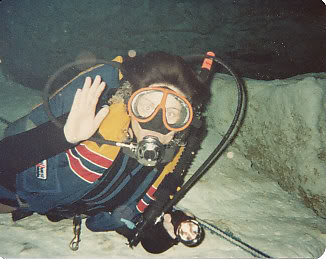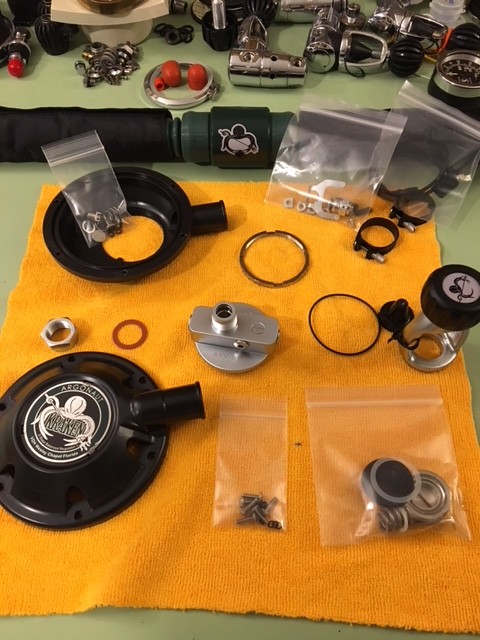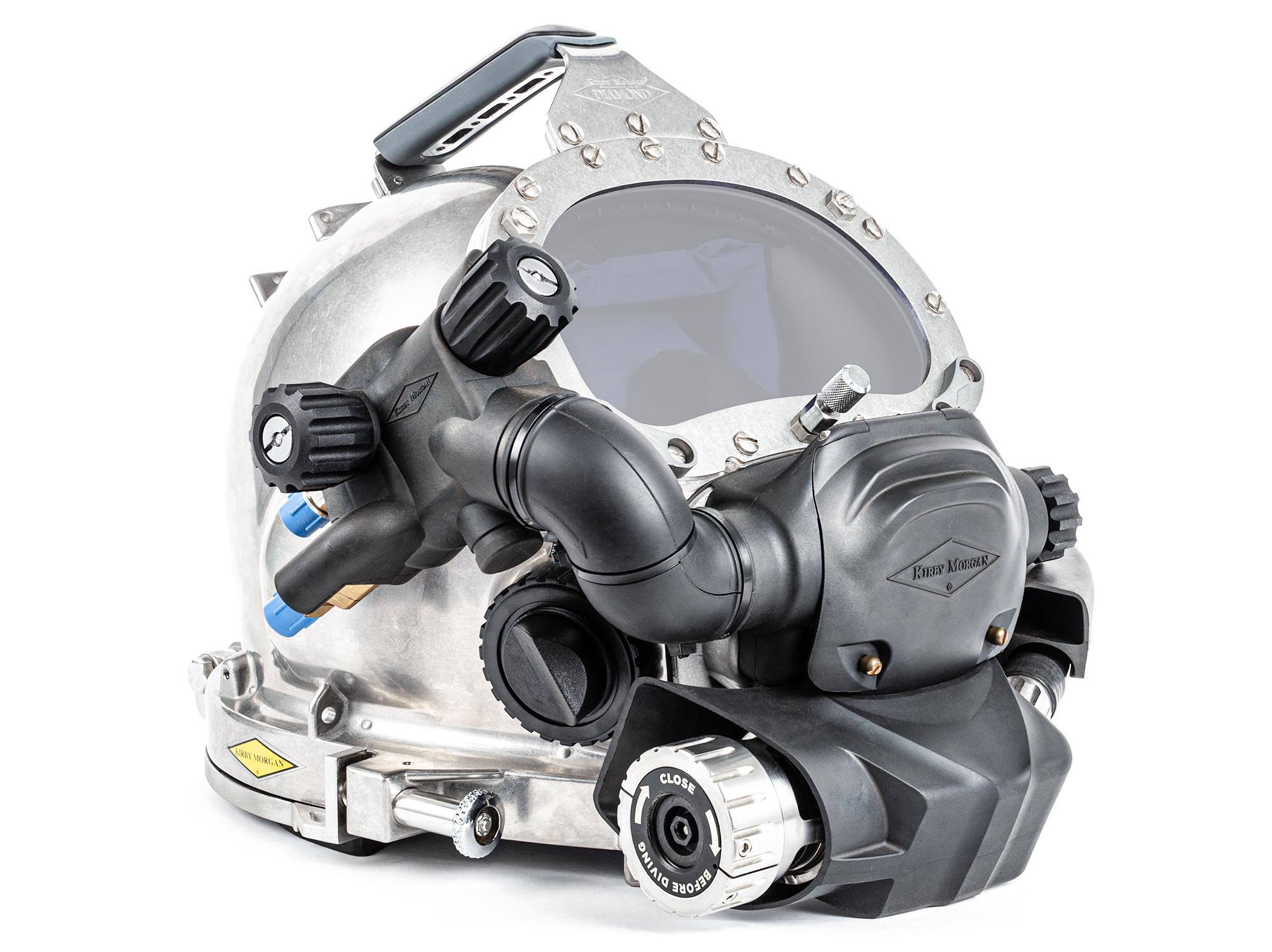Mekotronix
Registered
@John C. Ratliff posted this image on the thread about scuba diving generations.

Being newly OW certified and having practically no historical scuba knowledge, it's not clear to me why the different orientations result in easy/hard inhalation/exhalation. It appears they are comparing the pressure at the center of buoyancy (in the lungs) with the pressure at the valve. Single hose regs have the (2nd stage) valve at the mouthpiece. I'm guessing a two hose regulator has the valve at the tank? (Did two hose regulators at the time have a 1st and 2nd stage?)
Assuming my understanding thus far is mostly correct, I understand the theoretical justification for easy/hard inhalation/exhalation. However, we're talking about pressure differentials across distances of ~6", or ~0.015 atm. That's a pretty small difference. How noticeable was the effect they are describing?
Being newly OW certified and having practically no historical scuba knowledge, it's not clear to me why the different orientations result in easy/hard inhalation/exhalation. It appears they are comparing the pressure at the center of buoyancy (in the lungs) with the pressure at the valve. Single hose regs have the (2nd stage) valve at the mouthpiece. I'm guessing a two hose regulator has the valve at the tank? (Did two hose regulators at the time have a 1st and 2nd stage?)
Assuming my understanding thus far is mostly correct, I understand the theoretical justification for easy/hard inhalation/exhalation. However, we're talking about pressure differentials across distances of ~6", or ~0.015 atm. That's a pretty small difference. How noticeable was the effect they are describing?








